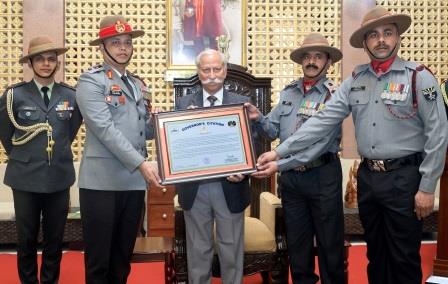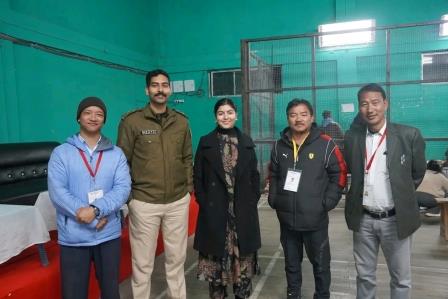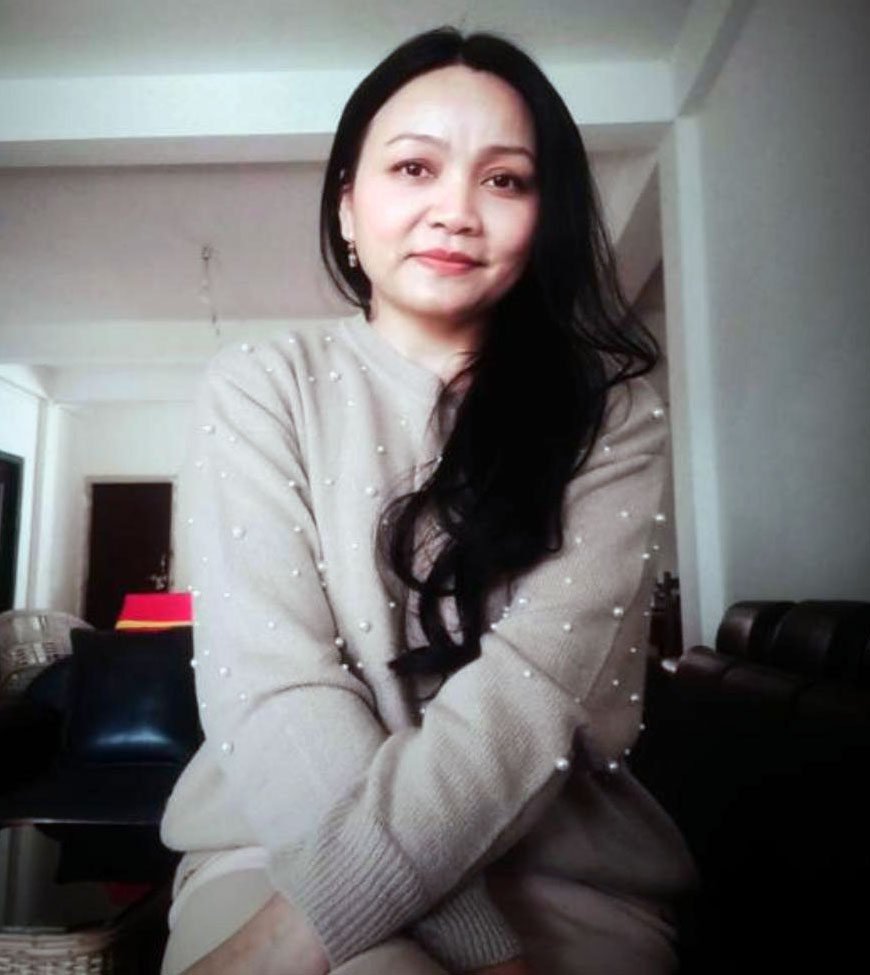-
Siblings die in tragic fire mishap, many left homeless
-
Security forces arrest ultra involved in extortion, attempts…
-
Project Brahmank marks 14 years of dedicated service to…
-
Woman nabbed with 2kg Cannabis
-
Training held for Counting Personnel ahead of results
-
DyCM reviews progress of power transmission, distribution strengthening projects
-
Arunachal witness peaceful, enthusiastic local body elections
-
 Governor presents Governor’s Citation to 11 Assam Rifles
Governor presents Governor’s Citation to 11 Assam Rifles
-
 Panchayat election conducted smoothly across Keyi Panyor
Panchayat election conducted smoothly across Keyi Panyor
-
SEC announces re-poll at Laho-II
For quite some time now, the SSA teachers in Arunachal have been agitation through demanding payment of salaries and other rights. On Monday, a statewide 6-day strike began and many schools didn't conduct Half Yearly Examination. According to information received from the SSA teachers body spearheading the movement, around 90% of Government Schools of the State came to a standstill as a result. The last line needs to be noted. In the tussle between the government and the teachers, sadly it is the students who are caught in between.
The costs for SSA are shared by the Centre and states and we do hope that the Arunachal government does its duty and pay the teachers their due. While we do sympathise with teachers not getting salaries on time, however, making students suffer for other ‘genuine’ demands is unjustifiable.
Pioneered by Atal Bihari Vajpayee, the Sarva Shiksha Abhiyan (SSA) is Indian government’s flagship program to provide universal access to elementary education for children 6-14 years old “in a time bound manner” as mandated by the 86thamendment to the Constitution of India. It was launched in 2001 with an initial outlay of Rs 7000 crore. The scheme aims to improve enrolment, retention, and the quality of education to enable children to achieve grade appropriate levels of learning. It also aims to eliminate gender differences and gaps between different social categories. At the time of SSA’s launch in 2001 there were 3.40 crore out-of-school children between the ages of 6-14. Four years after the launch of SSA with more than 85 percent of the funds utilized, only 1.35 crore children remained out-of-school – a reduction of 60 percent in 4 years (CAG 15 of 2006). It went down to 81.5 lakh in 2009 and currently over 96% children are enrolled.
Without SSA a lot kids would have never entered school boundary.
However, the annual state of education report (ASER) which is the largest annual household survey of children in rural India that focuses on the status of schooling and basic learning is not much to celebrate about. The ASER report reveals two major findings: The worsening of learning level and preference for private schools or private tuitions in rural India.
For optimists a child in school is better off than a child outside school. But the question arises: Does just being in school helps students in any way?

Kenter Joya Riba
(Managing Editor)She is a graduate in Science with post graduation in Sociology from University of Pune. She has been in the media industry for nearly a decade. Before turning to print business, she has been associated with radio and television.
Email: kenterjoyaz@easternsentinel.in / editoreasternsentinel@gmail.com
Phone: 0360-2212313

